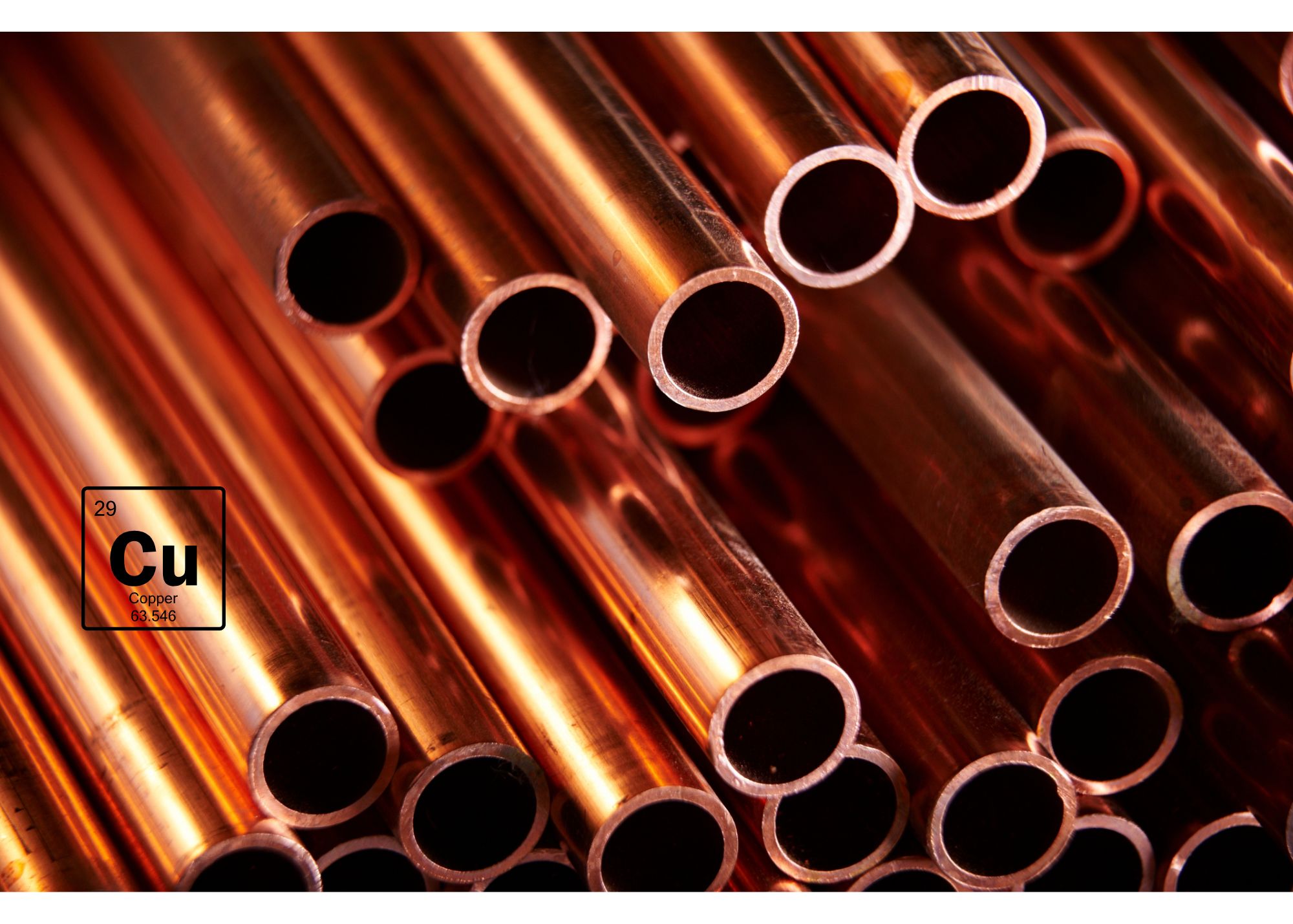Buffett Would Love This Moat, Freeport’s Hidden Growth Engine
In the short run, tariff headlines can turn Mr. Market into a nervous wreck. In the long run, owners do fine by owning scarce, low-cost assets run by rational people. Freeport-McMoRan fits that bill.
U.S. copper prices sold off after Washington excluded refined copper from its new 50% tariffs and instead targeted semi-finished products like wire, tubes, and pipes. That surprise wiped out the domestic price premium that had flared up this summer and spooked speculators who were cheering for super-normal profits to last longer.
But is now the time to look at this dominant player with a bright future?
Key Points
-
Tariff noise erased a temporary price premium, but Freeport’s dominance in U.S. copper refining and its global assets give it a durable competitive edge.
-
Secular copper demand from EVs, AI data centers, and grid upgrades, combined with leaching and brownfield projects, offers years of potential growth.
-
Trading at just 5–6× mid-cycle EBITDA, Freeport has 40% potential upside, with catalysts ranging from new tariff phases to persistent smelting tightness.
Tariffs Don’t Dent Freeport
Before the policy twist, the U.S. premium over LME copper briefly sat near 28%, which management translated into roughly $1.7 billion of extra annual cash flow if it had persisted.
When refined copper was left out of the final tariff scope, that premium collapsed and so did the trade. But Freeport has an efficient-scale advantage in the U.S. plus a deep pipeline of low-cost organic growth.
In fact, America currently has only two primary copper smelters operating, Rio Tinto’s Kennecott in Utah and Freeport’s Miami smelter in Arizona.
Smelting and refining are the bottlenecks in any domestic copper strategy, which quietly elevates the value of Freeport’s integrated footprint.
Management estimates Freeport accounts for about 70% of U.S. refined copper and operates an integrated chain of mines, smelters, refineries, and rod mills across the Southwest.
Secular Demand Persists
Copper’s future looks structural. AI-era data centers, grid upgrades, and transportation electrification are all copper hungry.
Deloitte estimates U.S. AI-data-center power demand is likely to soar by more than 30x by 2035, driving massive build-outs of high-voltage lines, substations, and switchgear, everything stuffed with copper.
EVs, chargers, and the low-carbon power stack add another long runway. Owners should think in years of extra amperage, not quarters of extra basis points.
What Buffett Would Circle Red
Management is targeting a 300-million-pound annual run-rate by the end of 2025 and a path toward 800 million pounds by decade-end.
Grasberg’s gold output in Indonesia regularly drives negative unit cash costs for copper, thanks to by-product credits. That lowers consolidated costs through the cycle.
FCX also produced the first anode from its new Indonesian smelter in July, an important milestone that supports its long-term operating rights and reduces reliance on third-party capacity.
Growth You Can See Easily
Freeport’s pipeline is in brownfield projects in districts it already knows. These projects are forecasted to add 2.5 billion pounds per year of organic copper growth, with 47% of that in the U.S., 30% in Chile, and 23% in Indonesia.
Management’s outlook shows consolidated copper sales ramping back to around 4.3 billion pounds in 2026–2027.
These are base-case plans, not blue-sky assumptions. Freeport has existing infrastructure, and decades of permits and community relationships, which are advantages new entrants can’t replicate quickly.
Numbers That Matter
Freeport’s balance sheet shows net debt of about $4.8 billion with investment-grade metrics. It targets returning about half of free cash flow to shareholders through a performance-based framework, a sensible policy for a cyclical business and one that protect the fortress first, share the surplus second.
For each $0.10 per pound move in copper, Freeport’s EBITDA shifts by roughly $425 million on average in 2026–2027. Each $0.10 per pound of COMEX-over-LME premium adds about $135 million.
Applying a plain-vanilla 5–6× multiple to “low-teens billions” of mid-cycle EBITDA leaves room for attractive equity returns.
Catalysts May Be Underpriced
One catalyst is policy “phase two.” The official proclamation excluded refined copper for now, but Commerce recommended phasing in refined-copper tariffs of 15% in 2027 and 30% in 2028, and adding domestic-sales requirements for key inputs and high-quality scrap.
Another catalyst is the AI-grid buildout. As utilities green-light transmission upgrades and hyperscalers lock in power, copper-intensive orders should follow. The market often recognizes these turns only after the backlog shows up.
Finally, smelting tightness persists. With only two primary U.S. smelters operating, any delay in capacity restarts or new builds keeps domestic cathode tight, which favors integrated incumbents like Freeport.
Where Will The Stock Be In 6–12 months?
On a 5–6× enterprise multiple, that math implies an enterprise value roughly in line to 40% higher than today, with equity outcomes leveraged by modest net debt and optional upside if a U.S. premium re-emerges.
This isn’t a promise but a function of probabilities, ones that looks increasingly appetizing.



